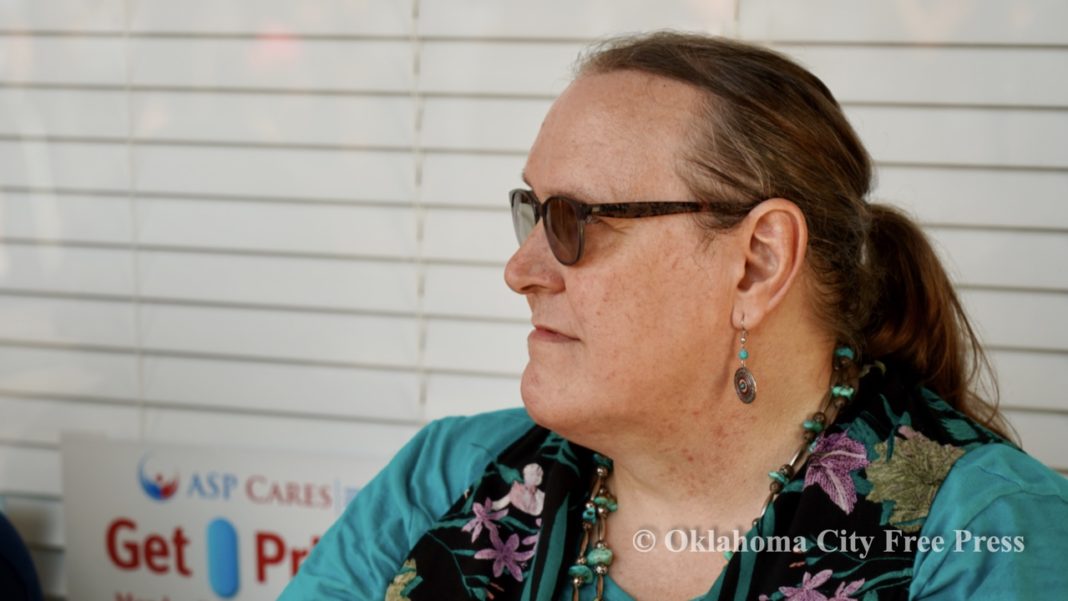Last Updated on January 5, 2024, 12:57 AM | Published: April 24, 2021
Paula Sophia Schonauer, LCSW, continues a serial memoir. If you haven’t read the earlier parts of this series take a look:
- Manhood, from the inside out — Memoir and Mythology
- Manhood from the inside out, part 2 — Cubby Hole
- Manhood from the inside out, part 3 — Magic Carpet Cocoons
- Manhood, from the inside out, part 4 — Snips and Snails and Puppy-Dogs’ Tails
- Manhood, from the inside out, part 5 — Mirror
- Manhood, from the inside out, part 6 – Deep Water
I am the soul in limbo.
— Andre Breton, founder of Surrealism
People who have nearly drowned report an intense struggle, sheer panic, followed by moments of peace and comfort, almost euphoria, as the brain starts dying from oxygen deprivation. I do not remember trying to hold my breath, nor do I remember thrashing around or reaching a state of panic.
I might have been knocked unconscious when my head struck the diving board, but instead of oblivion, I found silence, a suspension of time, and a sinking sensation like being pulled into unfathomable darkness. Then, there was light stabbing my eyes, pain burning in my chest, and confusion, my longtime companion.
The confusion centered on a question I had asked years before, “Why am I me?” Except, this time, the question was existential and mixed with a sense of despair.
I could not articulate my dilemma in precise terms at the time, to do so meant admitting a truth the world had been trying to beat out of me. I remember a shift in my outlook, an understanding that I could not be a girl, that I was a boy, and that I was to behave as one. This meant embracing a way of being that did not feel natural to me.
Lawrence Kohlberg, an American psychologist prominent in the mid-20th Century, constructed a theory of gender identity development comprising three stages: gender labeling, gender stability, and gender constancy.
Gender labeling occurs around the age of three when boys and girls begin labeling themselves and others as male or female, but they do not understand this cannot change over time like the length of someone’s hair or the clothing they wear.
Gender stability occurs by the age of five when children realize boys will grow up to become men and fathers while girls will grow up to become women and mothers. However, these perceptions can be altered by changes in appearance or choice of activities. This may explain the gender separation boys and girls experience from the ages of five to nine years old, a time when they resist intermixing socially, afraid their identities may become contaminated.
I recall these fears being expressed as “having the cooties,” a condition attached to boys and girls who dared transgress the norms of separation by behaving in ways deemed inappropriate: a girl admitting she likes boys, a boy playing hopscotch, or any child who was socially awkward, dressed differently, or otherwise misunderstood.
According to Kohlberg, by the age of seven, children understand their sex is permanent over time and not dependent upon situational circumstances, or external factors. They cognitively apprehend the social world around them, internalize the cues they receive, and develop an innate sense of being male or female. This stage is referred to as gender constancy.
Kohlberg’s theory of gender constancy has attracted a great deal of criticism in recent decades. For one thing, it does not account for transgender, nonbinary, or gender fluid children. Additionally, Kohlberg’s observations of gendered behavior occurred during a time when gender roles and expectations were very rigid.
Nowadays, people are calling for a broader interpretation of sex and gender and an emphasis on self-acceptance.
However, these stages of gender identity development resonate with my own experience growing up in the late 1960’s and early 1970’s. At the age of three and four, I knew I was expected to be a boy, and I could identify boys and girls, men and women, by external appearance. At the age of five, I began to recognize that gender was something deeper than the clothing people wore or the activities they performed, but I still had hope I could grow up to become a woman or mommy, that there might be some kind of magical intervention that would transform me.
At seven years old, I began to understand I was not going to change. I was stuck with the body I had and the identity I hid. Neither attribute was going to go away without a significant intervention. Having already disavowed Santa Claus, the Easter Bunny, and the Tooth Fairy, I had lost hope in dreams of magical transformation.
I had begun to see the world through mostly empirical eyes, abandoning fantasy, except, maybe, through the act of prayer. I was told God answers prayers and was given evidence through the assertions of people who claimed to have received things by divine providence: recovery from illness, healing from injury, blessings of money, work, life opportunities, and various athletic team victories. So, I decided, maybe God would listen to me, and soon, my nightly prayers, whether shared or solitary, had a silent addendum.
Now, I lay me down to sleep
I pray the Lord my soul to keep
If I should die before I wake
I pray the Lord my soul to take
(Let me wake up a girl in the morning)
(Please, dear God)
Amen
Disappointed morning after morning, I began to feel rejected by God, that God’s love was conditional like that of my parents. The question why am I me? became a burden, an ontological enigma suspending me between light and darkness, love and apathy, hope and despair. I existed in this void, holding my breath, afraid to breathe, afraid to speak, afraid of darkness, afraid of light, hoping for rescue.
For me, almost drowning never turned euphoric, but it wasn’t hell, either. It was nothing and everything at the same time, a limbo of anticipation. I was alive but not yet born, and I was waiting for a sign, an opportunity, an affirmation that I was safe enough, good enough, and loved enough to embrace the light.
Guest Columnist Paula Sophia is a licensed clinical social worker in Oklahoma City and a former Oklahoma City Police Officer.








